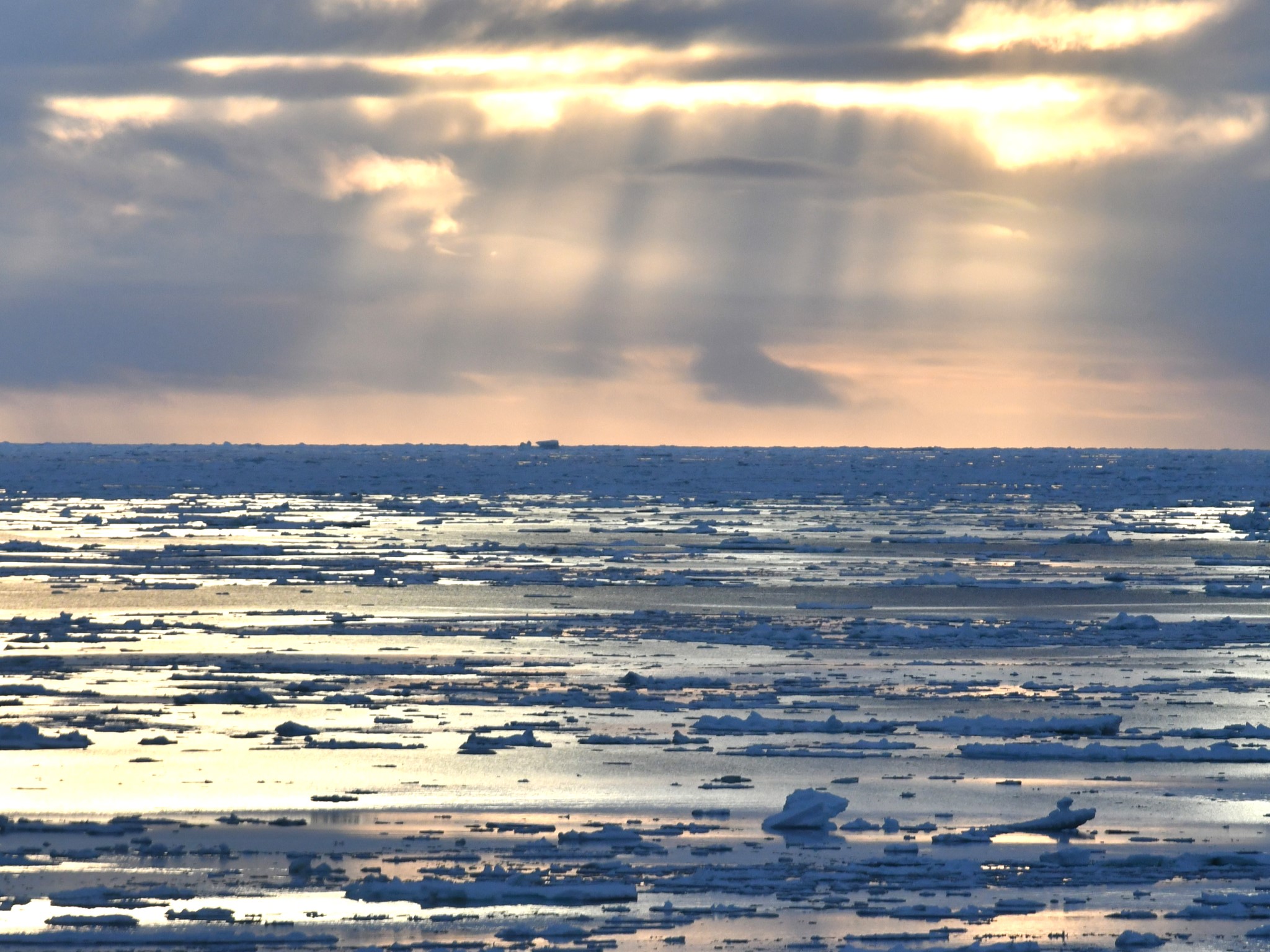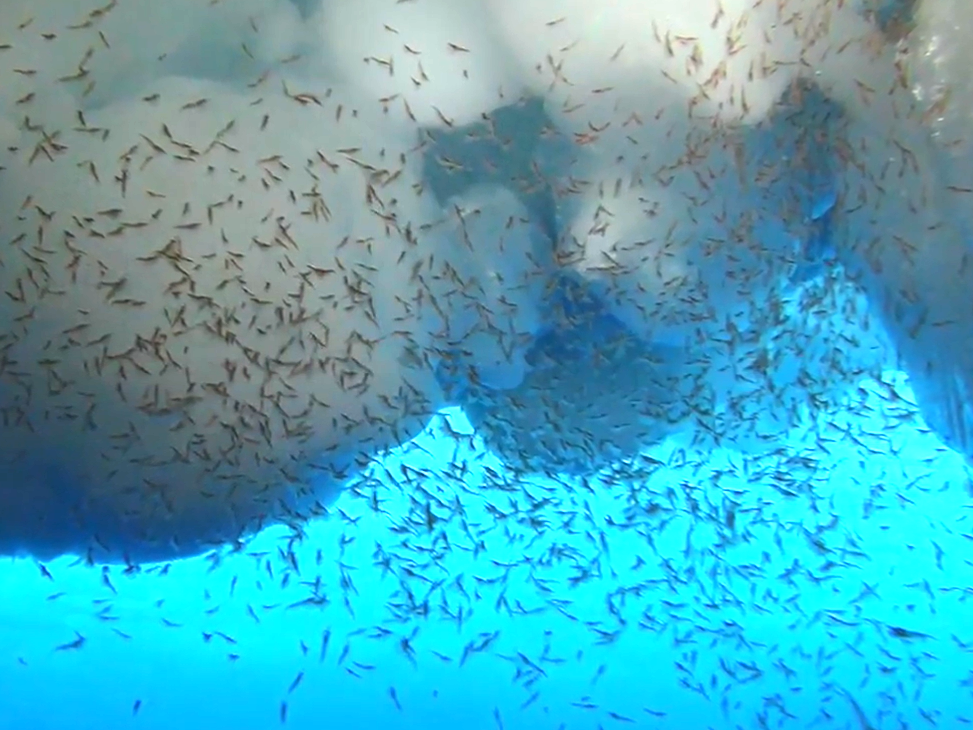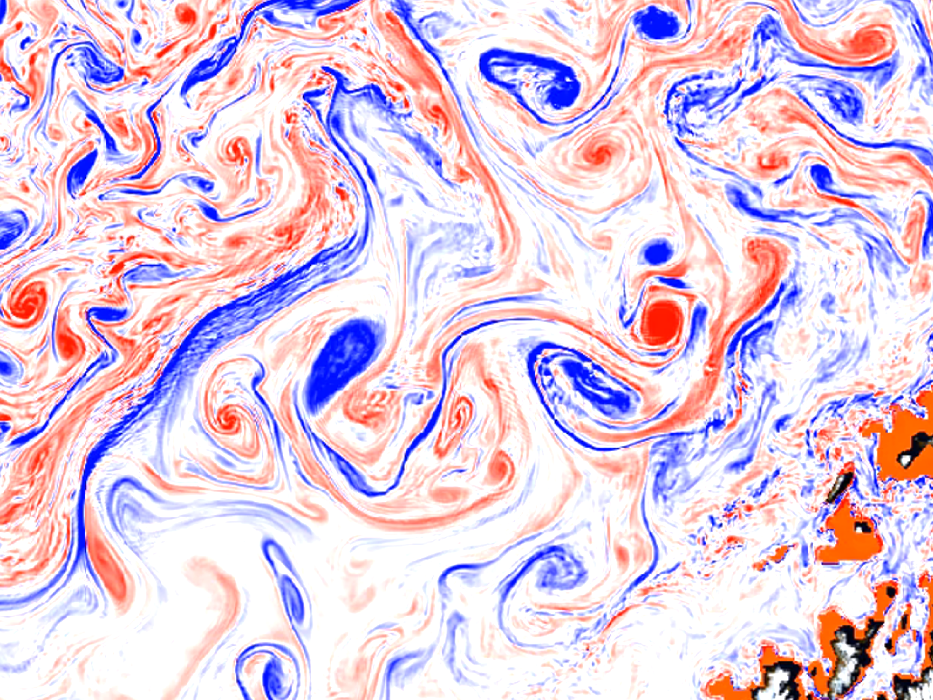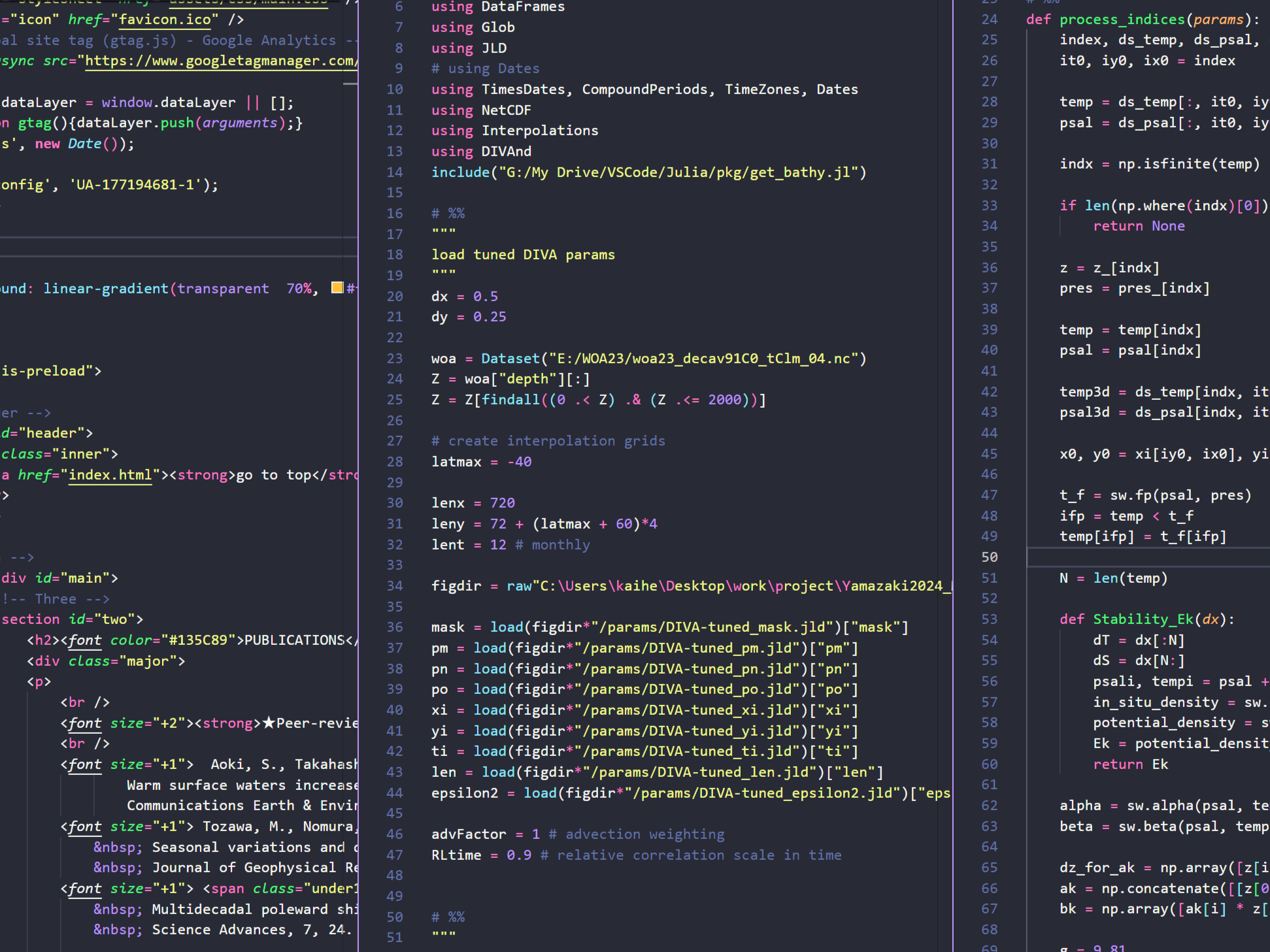
Southern Ocean dynamics
What is the response to a changing climate?
I am a physical oceanographer specializing in the Southern Ocean. My research focuses on the dynamics of the Southern Ocean and its role in regulating heat, freshwater, carbon, and material cycles within the climate system. I utilize a range of tools including in-situ ocean observations (such as ship-based measurements, autonomous profiling floats, and biologging), satellite remote sensing, numerical simulations, and statistical data analysis. I aim to distill complex physical processes—such as turbulence and the interactions between the ocean, atmosphere, sea ice, and ice shelves—into simplified frameworks, while exploring climate variability on decadal to centennial scales. I am also committed to enhancing the sustainability of ocean monitoring systems by employing advanced tools like ocean gliders and machine learning techniques.

What is the response to a changing climate?

Antarctic Ice Sheet possesses 70% of Earth's freshwater

SO absorbs 75% heat and 40% carbon of anthropogenic

Understanding the chaos and the system of geophysical fluid

International collaboration and autonomy in icy ocean

Earth science is big data
The Southern Ocean is the only sea that connects the Atlantic, Indian, and Pacific Oceans. The Antarctic ice sheet, surrounded by the Southern Ocean, holds 90% of the Earth's ice and 70% of the freshwater on land, capable to raise the global sea level by 60 meters. Although 93% of the heat generated by global warming is absorbed by the oceans, the Southern Ocean alone absorbs 75% of its heat and 43% of the anthropogenic CO2. Despite its climatic importance, observational data from the Southern Ocean are extremely limited, and numerical models are insufficiently constrained. As a result, the uncertainties in the behavior of the Southern Ocean and ocean-ice sheet interactions are the biggest sources of error in climate and sea level predictions over decades to centuries.
Policy on Research-Related Inquiries: While I personally value inquiries from students and the general public that are driven by intellectual curiosity, I have established the following policy to ensure fairness and to protect my research time: 1. I am personally unable to provide support for activities not directly related to my research or outreach, such as preparation for entrance exams or assistance with school projects (e.g., inquiry-based learning). 2. Support for the general public (non-researchers) is available through my institution's public relations/external affairs department or official programs (e.g., public lectures, workshops). 3. Please note that, in accordance with this policy and depending on my current research workload, I may not be able to reply to your inquiry. Thank you for understanding.